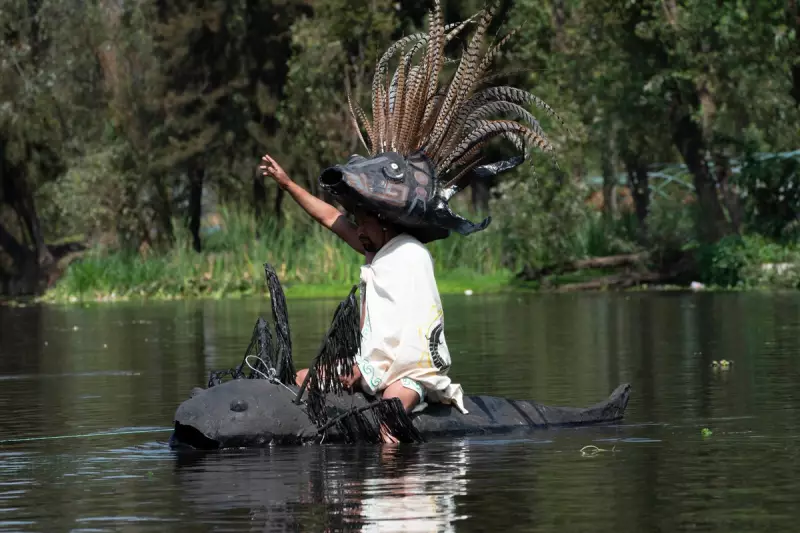
Mexico City's iconic axolotl, often referred to as the 'water monster', is facing a critical battle for survival. This extraordinary amphibian, known for its regenerative abilities and unique appearance, is now on the brink of extinction due to rapid urbanisation and pollution in its native habitat.
The Axolotl's Plight
Once abundant in the ancient lake system of Xochimilco, the axolotl population has plummeted by over 99% in recent decades. Scientists estimate that fewer than 1,000 individuals remain in the wild today.
Threats to Survival
- Urban expansion: Mexico City's growth has destroyed much of the axolotl's natural habitat
- Water pollution: Agricultural runoff and wastewater have degraded water quality
- Invasive species: Introduced fish like tilapia and carp prey on axolotl eggs
Conservation Efforts
Local conservationists have launched several initiatives to save the species:
- Creating protected 'axolotl sanctuaries' in Xochimilco's canals
- Implementing water filtration systems to improve habitat quality
- Running captive breeding programmes to boost population numbers
Cultural Significance
The axolotl holds deep cultural importance in Mexico, featuring in Aztec mythology and remaining a national symbol. Its potential extinction would represent more than just biological loss - it would erase a living piece of Mexican heritage.
Scientific Importance
Beyond its cultural value, the axolotl fascinates scientists worldwide for its remarkable ability to regenerate limbs, spinal cords, and even parts of its brain. Medical researchers believe studying this creature could lead to breakthroughs in human regenerative medicine.
Time is running out for Mexico City's aquatic wonder. Without immediate action, this unique species may disappear from its natural habitat forever, leaving only captive populations in laboratories and aquariums worldwide.





